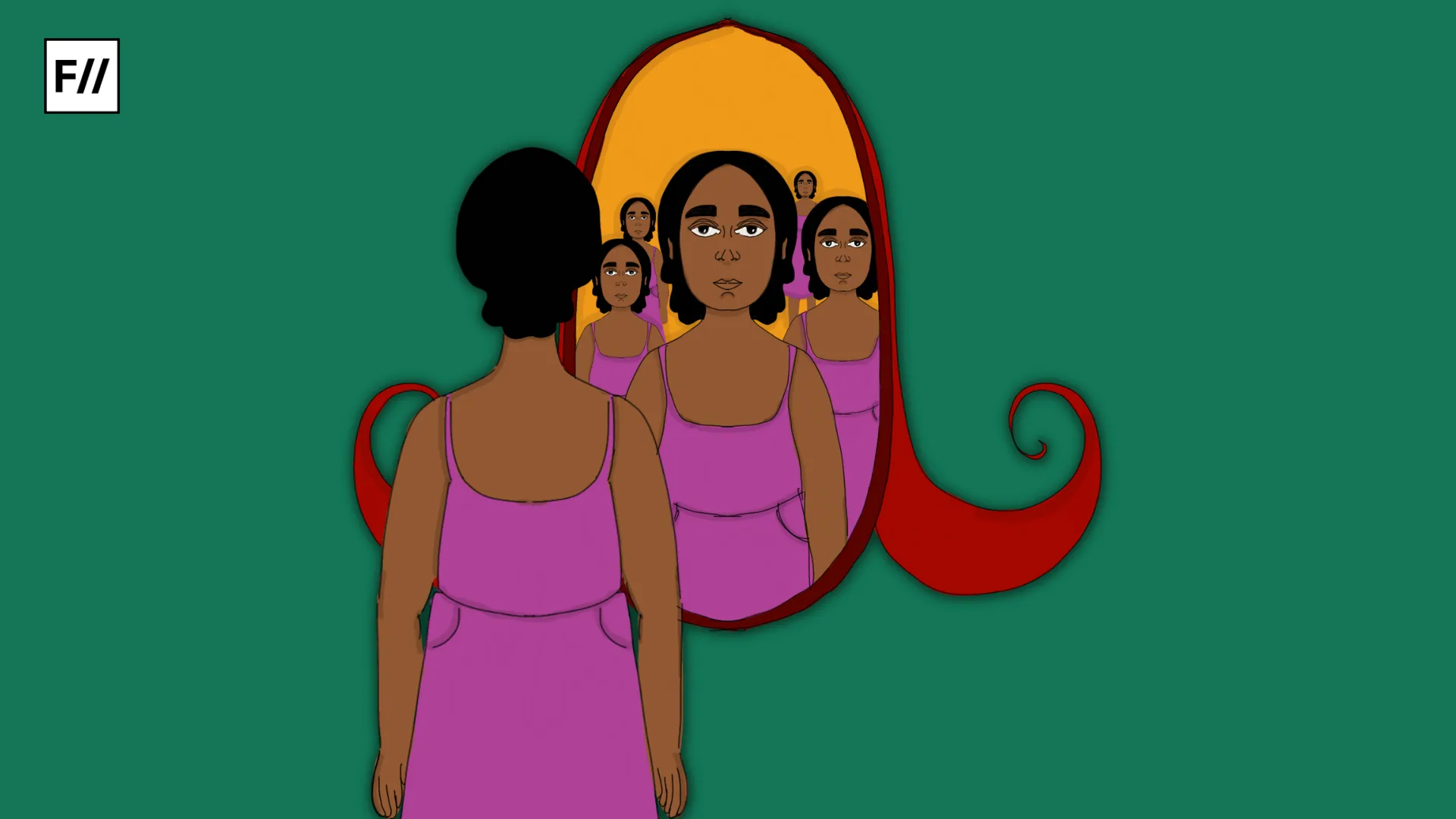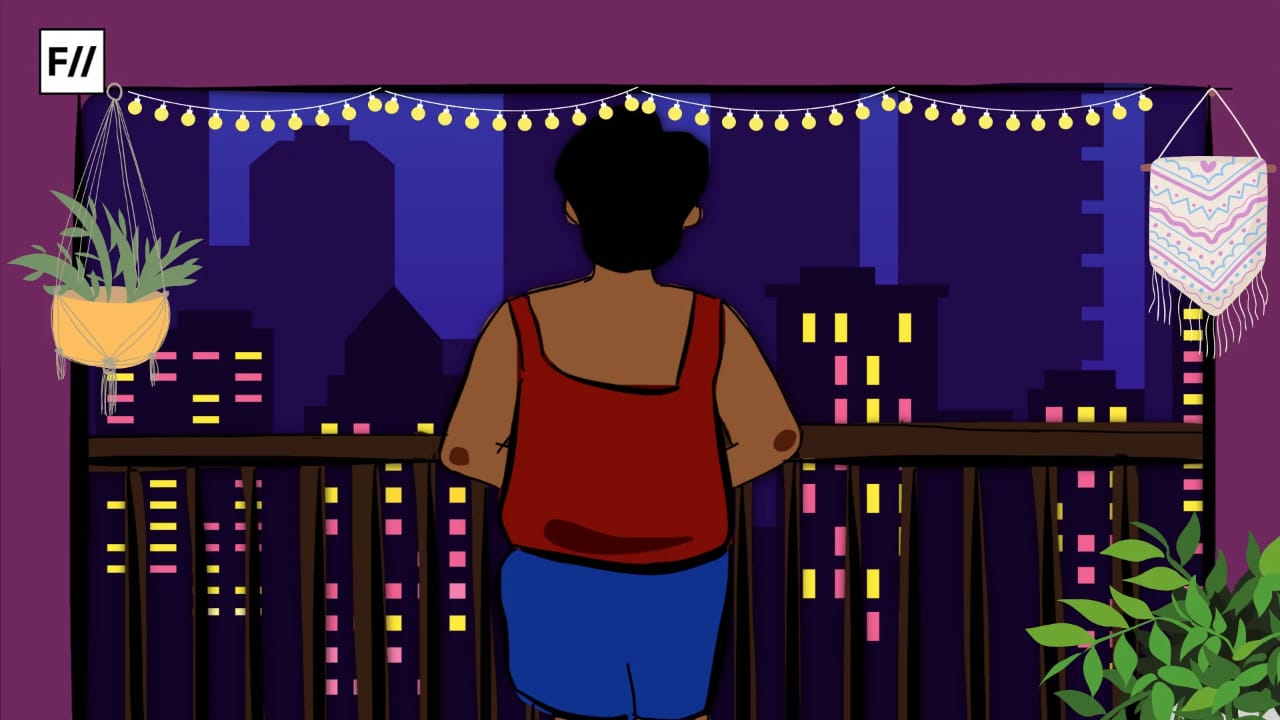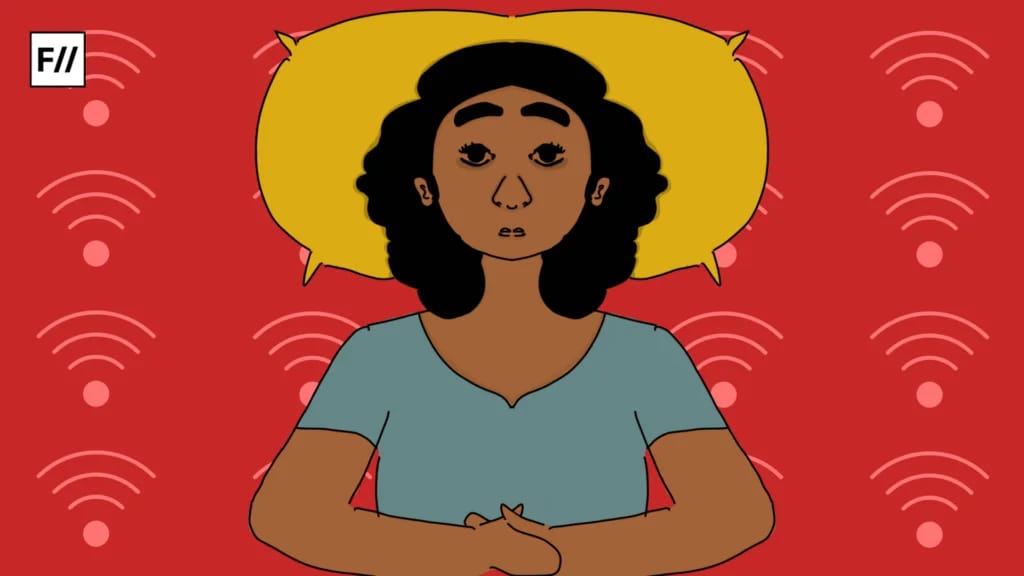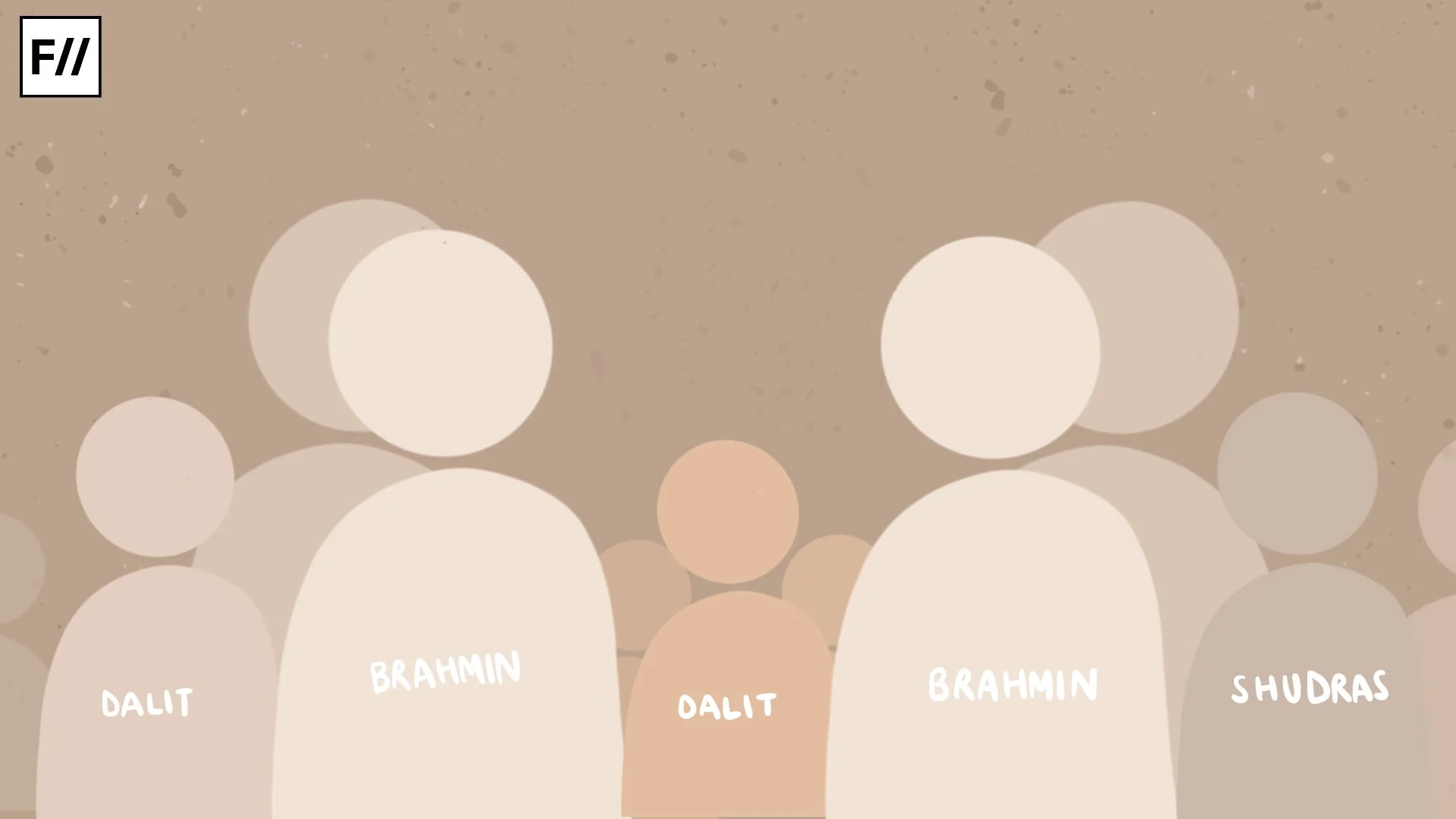Therapy is often imagined as a sanctuary, a space where grief, trauma, and identity can be explored safely. Yet in India, mental health spaces frequently mirror the inequities of the wider society. Colonial histories, Savarna dominance, and urban, upper-class norms have shaped not just who becomes a therapist but also what counts as valid knowledge about the mind. The paradox is striking: spaces designed for care are often the very spaces that many are excluded from.
Grishma Ashar, a counselling psychologist working at grassroots levels with minority populations, captures the systemic gap succinctly: ‘My very humble opinion is that the mental health space in India actually mirrors the wider society of our country and our culture. I often see people with a lot of privilege entering the field. And obviously, you can’t blame that also. Our field does not pay really well. It’s quite a struggle and money matters. And to stay and sustain in the field till the time your practice takes off, you have to have some degree of privilege.’
Upper-class therapists only: Healing designed for the privileged
The privilege of practitioners shapes not only access to training but also the very inclusivity of mental health spaces. Pallari Gajaria, founder of Pakhru Counselling, describes how the curriculum reinforces colonial and savarna perspectives: “The way therapists in India are trained often reflects a curriculum deeply influenced by colonial ideas of what it means to be ‘healthy’, ‘functional’, or ‘well-adjusted’. These ideas rarely account for caste realities, gender diversity, or the everyday negotiations of people who live at the margins of access and privilege.” In her view, empathy alone is insufficient: “The curriculum gives us language, but not always perspective; the therapist brings empathy, but not always awareness or vice versa. Until both evolve together, inclusivity will remain more of an ideal than a lived practice.”
Pallari Gajaria describes how the curriculum reinforces colonial and savarna perspectives: “The way therapists in India are trained often reflects a curriculum deeply influenced by colonial ideas of what it means to be ‘healthy’, ‘functional’, or ‘well-adjusted’. These ideas rarely account for caste realities, gender diversity, or the everyday negotiations of people who live at the margins of access and privilege
For many clients from marginalised communities, the space of therapy is already unfamiliar – structurally, culturally, and linguistically. Ashar reflects: “Very often, heterosexual psychologists are unable to articulate the level of alienation and isolation a queer closeted individual has to face, the suffocation that they go through. Very often, when it comes to money aspects, someone who’s a little more privileged may not understand why someone can’t just buy something or make their life easier by doing something.” Gajaria similarly emphasises the subtleties of systemic exclusion: “Caste and class also shape what distress looks like. A client who’s the first in their family to access higher education may speak about guilt for wanting rest or for feeling ‘burnt out’ when everyone else at home is still struggling to survive. Another may talk about how their partner’s family treats them differently because of their surname, and how even in love, there are reminders of hierarchy.”
Yet while therapists provide a window into these barriers, the voices of marginalised clients themselves are often absent from research and public discourse. Collecting lived-experience data is ethically and logistically fraught: stigma, fear of outing, and potential social or familial repercussions make it unsafe for many queer, Dalit, or religious minority clients to share their experiences openly. The result is a knowledge gap that both reflects and reinforces systemic inequities. Observations of therapists like Ashar and Gajaria offer critical insights into what this absence might conceal: the emotional labour of navigating caste-based microaggressions, the material constraints imposed by poverty, and the layered trauma of systemic discrimination.
When healing mirrors privilege: therapists in India’s mental health spaces
Language and cultural mismatches further complicate therapy. Grishma Ashar notes that even seemingly simple exercises, like self-care routines or mindfulness, can be alienating when they assume access to private space, money, or leisure time. “Even self-care, for instance, very often requires money, and psychologists may recommend this but fail to make the self-care more sustainable and doable. Similarly, there are systems in society that exist to ensure that people stay discriminated against, that people in power have the power and the power does not migrate to other sections of the society. And when a psychologist holds that position of power, there is a possibility that they may not recognise how these systems work, or rather, a lot of times, they may not even recognise that these systems even exist in the first place.”
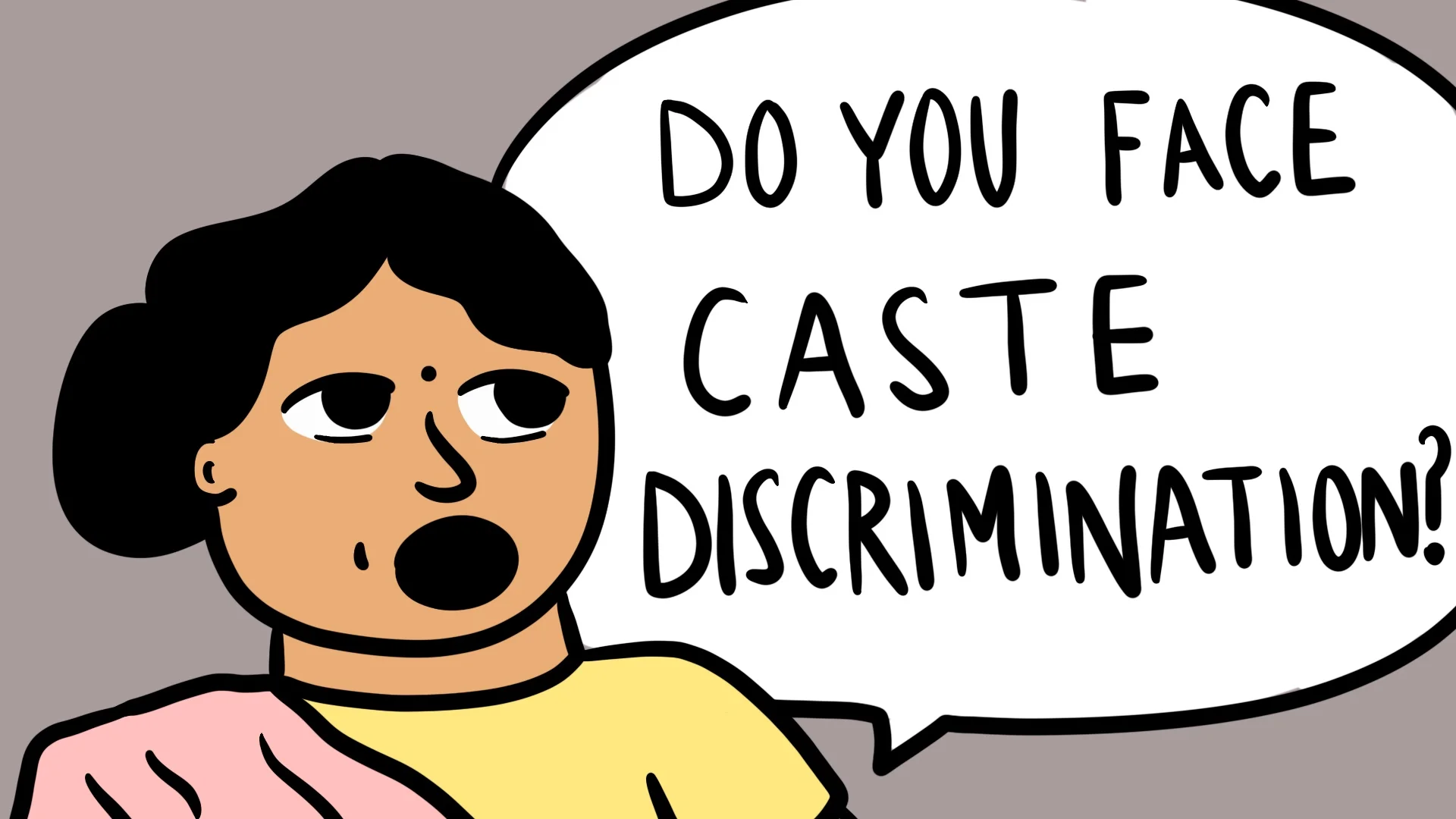
Class privilege heavily influences both who seeks therapy and who feels welcome. Affluent clients have the financial and social security to invest time in weekly sessions, to pay for transport, and to access English-language resources. Clients from less privileged backgrounds, on the other hand, navigate multiple obstacles: cost, travel, childcare, familial responsibilities, and social stigma. Even therapists with the best intentions can unwittingly reproduce these disparities. Ashar emphasises the importance of structural accommodations: “So, for finances, we have a system of sliding scales. We all have certain sliding scales. Most psychologists actually have sliding scales. These are scales which have a good amount of discounts, 50% discounts, and 80% discounts in our usual fees. We keep these sliding scales open and we fill them up with individuals who may actually benefit from them. We also have a system, at least I have this system, where I allow the clients to come once in 10 days, once in 2 weeks and not once a week. So that the whole thing becomes more sustainable.”
Pathologising the resistance against systemic oppression
The consequences of these structural inequities are profound. When therapy is not attuned to caste, class, language, or sexuality, the field risks pathologising responses to systemic oppression. Gajaria puts it clearly: “The result is a system that risks pathologising what is, in truth, resistance or survival.” The very frameworks taught in Indian universities, rooted in Western, upper-caste assumptions about individuality and ‘normality’, often fail to account for collective trauma, community structures, and generational oppression.
The consequences of these structural inequities are profound. When therapy is not attuned to caste, class, language, or sexuality, the field risks pathologising responses to systemic oppression. Therapists observe that queer or Dalit clients face barriers long before therapy begins: linguistic mismatches, cultural gaps, economic constraints, and the subtle ways class shapes who feels welcome in these spaces.
Yet, the voices of marginalised clients themselves remain largely absent from public discourse. Collecting their experiences is fraught with ethical and logistical challenges, i.e., stigma, privacy concerns, and safety risks often make direct testimony impossible. Therapists observe that queer or Dalit clients face barriers long before therapy begins: linguistic mismatches, cultural gaps, economic constraints, and the subtle ways class shapes who feels welcome in these spaces. This absence itself speaks volumes, revealing whose realities are considered “normal” in mental health and whose remain invisible.
Nonetheless, efforts to counteract these legacies are emerging. Narrative approaches, multilingual practice, and flexible scheduling all aim to meet clients where they are, rather than expecting them to fit a pre-existing mould. Gajaria describes her approach: “Narrative approaches allow me to centre their stories without pathologising them. Instead of focusing on ‘acceptance’ or ‘coming out’, we explore how power, belonging, and safety shape their experiences, especially within caste, class, and family structures.” Ashar echoes the importance of accountability and humility: “Everything that you are doing is client-focused. Even if you don’t agree with the client, you are there to understand, read, learn, and hold space for the client. I think it is important for us to also recognise our privilege. If I know I am very privileged in certain areas, and I know I am not going to be able to connect with the client, then it is my responsibility to ensure that I refer them to someone who is from the community, someone who has those lived experiences, or someone who is better trained and better experienced.”
Grishma Ashar adds “Very often, heterosexual psychologists are unable to articulate the level of alienation and isolation a queer closeted individual has to face, the suffocation that they go through.
Crucially, these efforts also highlight what is missing: clients themselves remain largely absent from formal research and policy discussions. This absence is both a symptom and a signal. It signals the structural and cultural barriers preventing marginalised groups from speaking safely, but it also reminds the field that therapy cannot be fully inclusive without listening to the people most affected. Observing gaps in engagement, linguistic comfort, and financial accessibility offers therapists important clues about systemic inequities. But these are proxies for direct voices, not substitutes.
As Tanisha Goveas, a queer affirmative psychologist with an intersectional approach to therapy reflects, “Equity in mental health won’t come from a single reform. It will come from many small, sustained changes.” Addressing colonial and savarna legacies requires not just individual reflection but institutional reform: revising curricula, fostering accountability, expanding representation among therapists, and designing interventions that reflect lived realities rather than imported ideals.
India’s mental health ecosystem is at a crossroads. The irony is stark: the very frameworks intended to heal often perpetuate the hierarchies and exclusions they ought to dismantle. Yet, as Ashar and Gajaria’s work demonstrates, change is possible through practitioner humility, structural innovation, and, eventually, the inclusion of the voices that have long been absent. Until those voices are heard, therapy remains a site where privilege is unspoken, and systemic inequities quietly persist.
